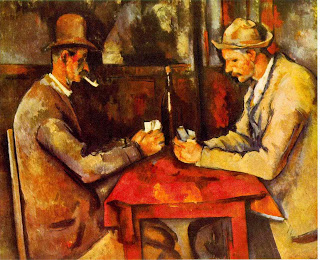
French Impressionist Claude Monet (1840-1926) painted in 1901 this oil on canvas (25x36 ins) representing Charing Cross bridge in London.
In 1899 Monet began painting London scenes, seeking to elicit an emotional response through the use of color and light. Monet wrote, "The Thames was all gold. It was beautiful, so I set to work in a frenzy following the sun and its reflections in the water."
Monet stayed in London after the Franco-Prussian war of 1870 with his friend Alfred Sisley and both were impressed by Turner's and Constable's work.
This picture is part of the Ryerson collection and was auctioned off in 1963 for $ 64,680.













